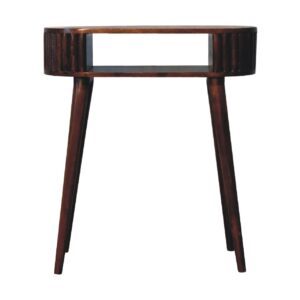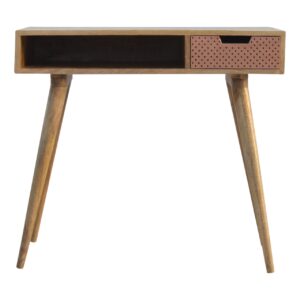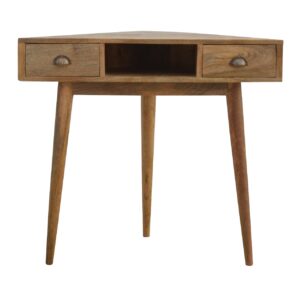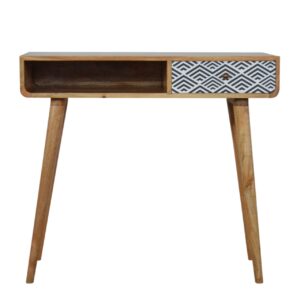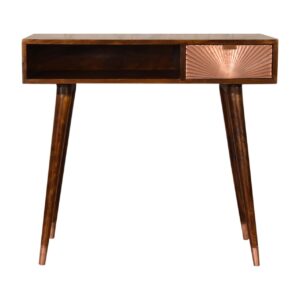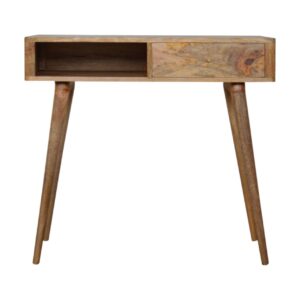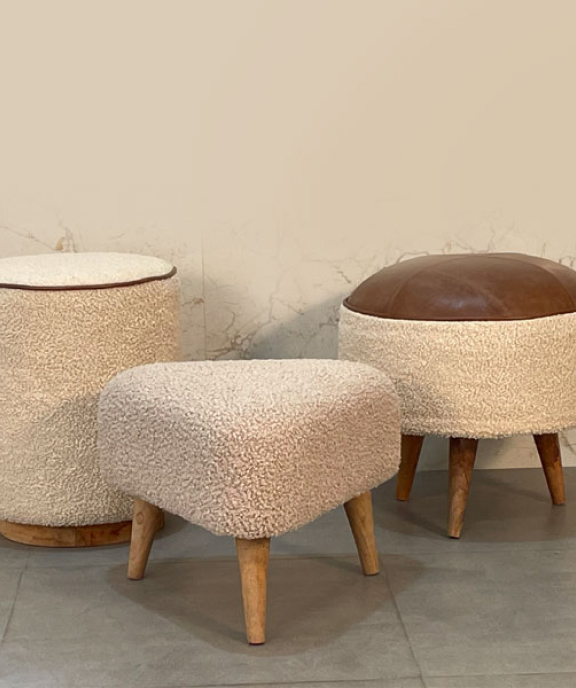In an era where remote work has become increasingly prevalent, the optimization of home office space is paramount. Floating desks emerge as an elegant and space-saving solution, providing a clutter-free environment conducive to productivity. These wall-mounted workstations offer a minimalist design, allowing for more floor space and a visually expansive room.
When selecting the appropriate floating desk, one must consider material durability, weight capacity, and compatibility with the existing decor. A straightforward installation process can transform any area into a functional home office.
Moreover, a well-organized workspace with an ergonomic arrangement is essential for maintaining comfort and efficiency during extended periods of work. By incorporating floating desks, individuals can create a tailored and efficient home office setup that enhances their daily workflow.
Benefits of Floating Desks
While saving valuable floor space, floating desks also offer a sleek, minimalist aesthetic that can enhance the functionality and appearance of any home office. The space-saving design of these desks is not only a pragmatic solution for small areas but also contributes to a less cluttered and more organized environment. By suspending the work surface off the ground, floating desks eliminate the need for bulky legs or pedestals, offering a cleaner look that complements modern decor.
Their aesthetic appeal is undeniable, with clean lines and an unobtrusive presence that merges seamlessly with the room’s existing design elements. These desks are often available in various materials and finishes, allowing for personalization to fit one’s taste and existing interior palette. The focus on practicality is evident in the design considerations, such as built-in storage compartments and cable management systems that maintain a tidy workspace.
Integrating a floating desk into a home office not only maximizes space but also fosters a conducive work environment. The thoughtful balance of form and function ensures that these desks are not only visually appealing but also cater to the needs of productivity and efficiency.
Choosing the Right Desk
Selection of the appropriate floating desk necessitates consideration of space constraints, functional needs, and aesthetic preferences. When embarking on this decision-making process, desk materials emerge as a pivotal factor. The durability and appearance of materials such as solid wood, engineered wood, metal, or glass must align with the daily demands placed upon the desk and the visual harmony of the home office environment.
Size considerations are equally paramount. A floating desk must be proportionate to the available wall space, ensuring it does not overcrowd a room while still providing ample surface area for work. Precise measurements and spatial planning are essential to maintain a balance between form and function. The desk’s dimensions should accommodate your workflow, equipment, and the ergonomics of sitting or standing, if the desk has adjustable height features.
The choice of a floating desk should, above all, reflect a synthesis of practicality and style. It is a statement piece that must stand up to the tasks at hand while contributing to a serene and motivating workspace. In detail-oriented fashion, assess the desk’s construction, finish, and support mechanisms to ensure a seamless integration into your home office that enhances productivity and aesthetic appeal.
Installation Simplified
Installing a floating desk can be a straightforward process when one follows the manufacturer’s guidelines and prepares the necessary tools in advance. The success of the installation is heavily dependent on the proper application of mounting techniques. It is essential to ensure that the chosen wall can support the weight of the desk and its contents, which involves checking the wall integrity. This may require locating studs within the wall or using appropriate anchors for drywall installations.
The aesthetic appeal of a floating desk is preserved through meticulous attention to detail during installation. Aligning the desk correctly ensures a visually pleasing result, while also providing a stable work surface. It is crucial to measure carefully and use levels during the mounting process to maintain both form and function.
Practicality is a key consideration; hence, one must account for cable management and ease of access when placing the desk. Ultimately, the goal is a seamless integration of the floating desk into the home office, creating an uncluttered and efficient workspace.
Workspace Organization
How does one maintain a well-organized and efficient workspace after installing a floating desk in their home office? The key is to embrace storage solutions that not only complement the sleek design of your floating desk but also address the practical needs of your daily workflow.
Desk clutter can rapidly undermine the clean lines and airy feel that a floating desk provides, so it is imperative to incorporate strategic organizational elements.
Begin by assessing the items that are essential to your tasks and warrant immediate access. Equip your workspace with minimalist desk organizers that hold your pens, notebooks, and gadgets without overwhelming the surface.
Opt for vertical storage options, such as wall-mounted shelves or magnetic boards, to exploit the vertical space above your desk. These additions can elegantly display your reference materials and personal items while keeping them within arm’s reach.
For documents and lesser-used supplies, consider under-desk drawers or floating shelves with concealed compartments. These storage solutions maintain a clutter-free zone and preserve the aesthetic of your workspace.
Furthermore, cable management systems are indispensable in avoiding a tangle of cords that can detract from the desk’s floating effect.
A meticulous approach to workspace organization, focusing on both form and function, ensures your floating desk remains a bastion of productivity and style.
Ergonomic Setup Essentials
Adopting an ergonomic setup is crucial to ensure comfort and prevent strain during long hours at your floating desk. The right desk height is paramount; it should allow your arms to rest comfortably at a 90-degree angle while typing, thus minimizing the risk of wrist and shoulder discomfort. Precision in adjusting the desk height not only fosters a conducive working posture but also integrates seamlessly into the aesthetic of a modern home office.
Chair compatibility with your floating desk further enhances the ergonomic experience. An ideal chair offers adjustable height, lumbar support, and a comfortable seat pan, which work in tandem with the desk to create a harmonious and health-conscious workspace. It must slide effortlessly under the desk without disrupting the clean lines and open feel that floating desks are celebrated for.
Focusing on these practicality-conscious and aesthetic-focused essentials will not only cultivate an attractive workspace but also protect your body from the potential adverse effects of prolonged sitting and inadequate posture. A well-thought-out ergonomic setup is an investment in your health, productivity, and the overall charm of your home office space.
Frequently Asked Questions
How Do Floating Desks Impact the Resale Value of a Home?
Floating desks may influence home resale value by adding aesthetic appeal and practical workspace solutions. However, buyers must consider installation costs and desk durability when appraising the added value to the property.
Are There Any Creative Ways to Integrate Floating Desks Into a Multi-Purpose Room Without Disrupting the Existing Design Aesthetic?
Creative integration of floating desks into multi-purpose rooms, prioritizing design harmony and space efficiency, requires considering color schemes, material consistency, and strategic placement to enhance functionality without compromising the room’s existing aesthetic.
Can Floating Desks Be Easily Modified or Expanded if My Workspace Needs Change Over Time?
Floating desks offer desk adjustability and often feature a modular design, enabling easy modification and expansion to meet evolving workspace requirements while maintaining a harmonious blend of functionality and aesthetic appeal.
What Are the Environmental Considerations When Choosing Materials for a Floating Desk?
When selecting materials for a desk, consider sustainable sourcing to minimize ecological impact and opt for recycled materials to reduce waste, ensuring both an environmentally responsible and aesthetically pleasing addition to your workspace.
How Can Floating Desks Be Safely Secured to Walls That Are Not Traditionally Sturdy, Such as Those With Metal Studs or Old Plaster?
When addressing installation challenges of securing furniture to less sturdy walls, employing robust anchor strategies is essential. Utilizing appropriate fasteners ensures both the aesthetic integrity and practical safety of the mounted piece.


